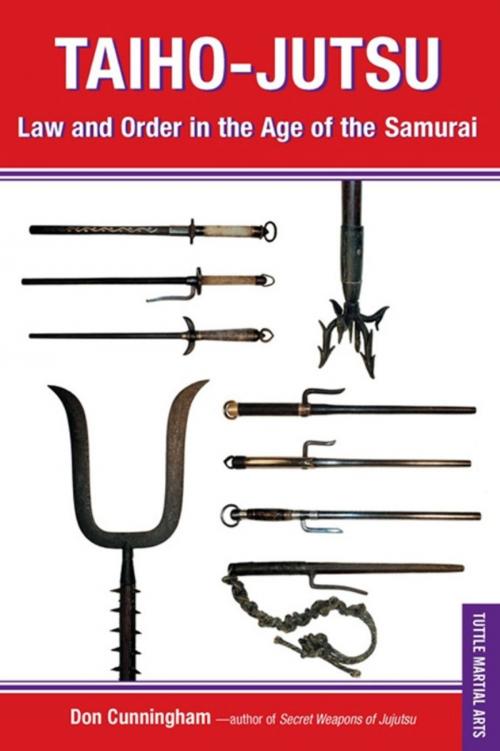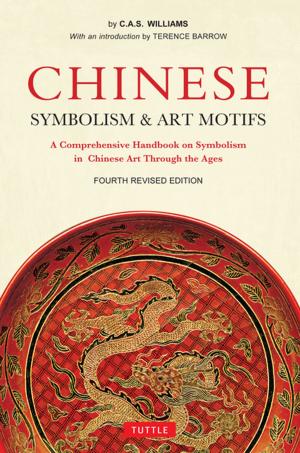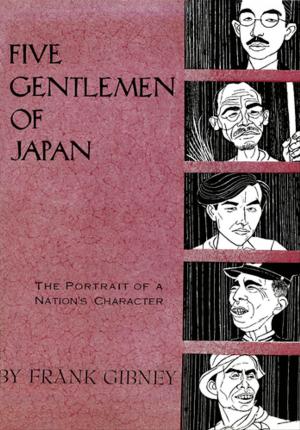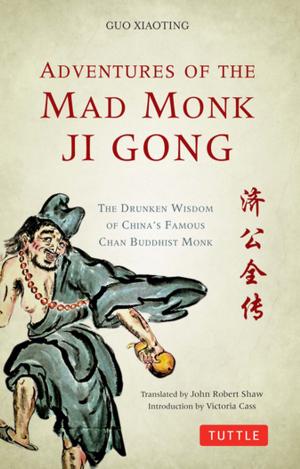Taiho-Jutsu
Law and Order in the Age of the Samurai
Nonfiction, History, Military, Weapons, Asian, Japan, Sports, Martial Arts & Self Defence| Author: | Don Cunningham | ISBN: | 9781462903313 |
| Publisher: | Tuttle Publishing | Publication: | February 14, 2012 |
| Imprint: | Tuttle Publishing | Language: | English |
| Author: | Don Cunningham |
| ISBN: | 9781462903313 |
| Publisher: | Tuttle Publishing |
| Publication: | February 14, 2012 |
| Imprint: | Tuttle Publishing |
| Language: | English |
In Taiho-Jutsu: Law and Order in the Age of the Samurai, author and judo second-dan Don Cunningham provides a fascinating introduction to the civil society of Edo-period (1603-1867) Japan—particularly the role played by the well-known warrior class, the samurai.
Cunningham shows that the samurai were not, as commonly portrayed, always all-powerful mediators ruling the chonin through the power of their swords. During this period the samurai became a part of the complex system of Japanese law enforcement. Made up of samurai as well as machi-bugyo-sho (town magistrates), yoriki ("assistant" samurai), doshin (samurai patrol officers), komono (assistants), goyokiki (part-time police assistants) and okappiki (informants and spies)—this intricate structure mirrored the Japanese society of the day.
Taiho-Jutsu offers a detailed look at the weapons these law enforcement officers used—including the jutte (iron truncheon), tesson (iron fan), yori-bo (wooden staff), sodegarami (sleeve entangler), sasumata (spear fork), and torinawa (arresting ropes)—as well as a fascinating illustrated look at the techniques used to apprehend criminals. From kamae (stances) to parrying and striking and throwing techniques, these explanations demonstrate the practical techniques in Edo-period Japan.
In Taiho-Jutsu: Law and Order in the Age of the Samurai, author and judo second-dan Don Cunningham provides a fascinating introduction to the civil society of Edo-period (1603-1867) Japan—particularly the role played by the well-known warrior class, the samurai.
Cunningham shows that the samurai were not, as commonly portrayed, always all-powerful mediators ruling the chonin through the power of their swords. During this period the samurai became a part of the complex system of Japanese law enforcement. Made up of samurai as well as machi-bugyo-sho (town magistrates), yoriki ("assistant" samurai), doshin (samurai patrol officers), komono (assistants), goyokiki (part-time police assistants) and okappiki (informants and spies)—this intricate structure mirrored the Japanese society of the day.
Taiho-Jutsu offers a detailed look at the weapons these law enforcement officers used—including the jutte (iron truncheon), tesson (iron fan), yori-bo (wooden staff), sodegarami (sleeve entangler), sasumata (spear fork), and torinawa (arresting ropes)—as well as a fascinating illustrated look at the techniques used to apprehend criminals. From kamae (stances) to parrying and striking and throwing techniques, these explanations demonstrate the practical techniques in Edo-period Japan.















